The image of a teacher is not only associated with chalk and blackboard, but also becomes a symbol of innovation, creativity and adaptability, leading the young generation into the digital future.
Associate Professor, Dr. Le Thi Thuy Vinh - Deputy Head of the Faculty of Literature, Hanoi National University of Education 2: Harmonizing technology - people - policy, in which people are the center

Nowadays, we are facing many favorable conditions. First of all, technology opens up a huge treasure trove of knowledge through the Internet, electronic libraries, digital learning materials and artificial intelligence, helping learners easily access global knowledge. Second, teaching methods are strongly innovated, from online learning, flipped classrooms to personalized learning, all of which create conditions to maximize the ability of each student. In addition, technology also creates a global connection network, helping teachers and learners to exchange and cooperate internationally without being limited by geographical distance. In particular, in the process of digital learning, learners are trained in technological skills, thereby better adapting to the requirements of the 4.0 labor market.
However, I see many worrying issues. First of all, the digital divide, not all students have full access to equipment, Internet or necessary technological infrastructure, especially in remote, difficult areas.
Second, the quality of online learning is uneven, many students lack discipline, while many teachers are still confused with new teaching methods. Another point is the risk of technology dependence. If digital tools are abused, learners can become passive, reducing their ability to think critically and creatively. Finally, I think digital safety and ethics are also big challenges, when issues such as data security, privacy, fake information, or social media abuse are increasingly complex.
To overcome the above challenges, it is necessary to invest in infrastructure and ensure digital equality; that is, the State, schools and society must join hands to support facilities, equipment, transmission lines and learning materials for disadvantaged areas and groups. Second, fostering digital capacity for teachers and students is very important. Fostering does not stop at instructing on how to use tools, but also requires training in information selection skills, critical thinking and digital safety awareness.
In addition, we should flexibly combine face-to-face and online teaching, not absolutizing technology but considering technology as a means to improve the effectiveness of traditional methods. At the same time, building an open learning ecosystem with digital libraries, open learning materials, smart classrooms, and online learning communities is also necessary. Above all, education in the digital age must focus on ethics and human values, because no matter how much technology develops, the ultimate goal of education is still a comprehensive human being.
The digital age brings unprecedented opportunities for education in expanding knowledge and innovating methods; but at the same time, it also poses many challenges in terms of equity, quality and humanity. To overcome these challenges, we need to harmoniously combine technology - people - policy, taking people as the center so that technology can truly serve sustainable development.
As for the role of teachers, I believe it will be even more important in the current context. Technology can bring endless knowledge, but it is teachers who guide, inspire, nurture personality and develop critical thinking in students.
In the digital age, teachers are not simply transmitters of knowledge but must become designers, organizers and leaders of learning activities, knowing how to exploit technology to create creative, interactive and personalized learning environments. However, teachers need to be proficient in digital skills, flexible thinking, and the ability to innovate methods; at the same time, they must have soft skills such as communication, collaboration, online classroom management, as well as a sense of responsibility in educating students in ethics and human values.
Therefore, pedagogical schools must be one step ahead: Not only training professional knowledge, but also equipping pedagogical students with educational technology skills (using AI, digital learning materials, online teaching, designing electronic lectures), research skills, creativity and adaptation. Along with that, focus on training students in information selection skills, ensuring digital safety, and the ability to educate students to develop comprehensively in the new environment. This is also the content that Hanoi Pedagogical University 2 always cares about and focuses on.
Ms. Tran Thi Loan - Vice Principal of Lao Cai Specialized High School (Lao Cai): Three essential groups of competencies for teachers in the digital age

Participating in management and teaching in high schools, I clearly feel the opportunities that the digital age brings. Technology expands access to knowledge, innovates teaching methods, connects and shares experiences quickly and flexibly. This is the time for female teachers to affirm their abilities and professional capacity. However, opportunities always come with pressure. Women must both ensure their family responsibilities and quickly adapt to the increasingly high demands of work. But it is this pressure that becomes the motivation for me and many female colleagues to strive, mature and continue to contribute to the career of educating people.
From the practical implementation of teaching and management tasks, I have found that technology makes lectures more vivid and attractive, but cannot replace the feelings, understanding and ability to inspire of the teacher. Machines cannot guide personality, cannot cultivate life values. Teachers still play a central role, always leading, accompanying and instilling knowledge with their heart and intelligence in every lesson.
To adapt to the digital age, teachers need to be equipped with three essential groups of competencies. First of all , digital competencies, such as proficient use of tools, software, and data to serve teaching and management. Next is the capacity for innovation and creativity: Knowing how to design and organize flexible learning forms, stimulating students' interest and self-learning ability. Finally , soft skills and adaptability, such as: Time management, effective communication, always ready to learn and update. In teaching Biology, I often apply 3D models and online experimental videos, thanks to which students access knowledge in a more intuitive and vivid way in their lessons.
However, what makes us wonder is how to make students not only "use" technology but also know how to think critically and creatively in the digital environment? It can be said that this is a big challenge in teaching today. If they only stop at the level of "use", students easily fall into dependence and passivity. Teachers need to guide students to know how to select information, analyze multi-dimensionally, and practice culturally critical thinking.
I often encourage students to participate in small projects, work in groups, and create digital products. Through experience and debate, they develop the ability to think critically, solve problems, and be creative. At that time, technology becomes a tool for students to expand their knowledge, develop their abilities, and assert their abilities, thereby making learning and applying technology more effective and creative.
Meritorious Student Le Thi Hong Tam - teacher at Ha Hoa Town Primary School (Ha Hoa Commune, Phu Tho): Technology is a support tool, not a replacement for teachers.
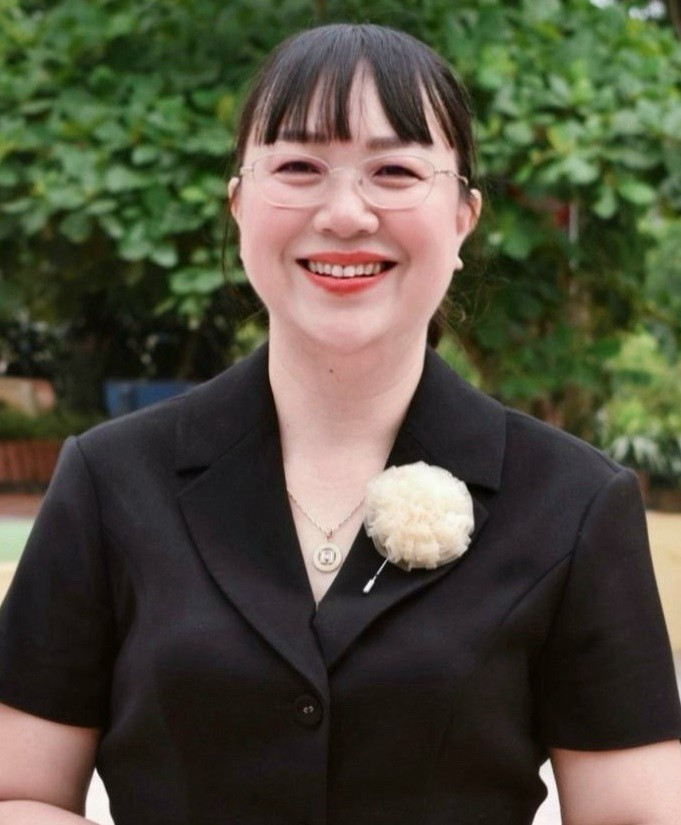
As a female teacher, I clearly feel both the opportunities and the pressures, the challenges that the digital age brings. The opportunities are to access a wide source of knowledge, have many teaching support tools, expand creativity, and connect globally. But the pressure comes from the requirement of continuous innovation, balancing work, family and self-improvement to not fall behind. This is a challenge but also a motivation for women in the teaching profession to constantly improve themselves.
In my opinion, technology only truly shows its value when it is used as a supporting tool, not to replace teachers. Teachers can use technology to illustrate knowledge more intuitively, organize classes more lively, provide richer sources of materials and create an open learning environment for students. But it is teachers who guide, guide, and nurture students' emotions, personalities and aspirations to learn. Therefore, technology plays the role of a means, while teachers still hold the central position in educating people.
In the digital environment, students should not just stop at “using” technology. They need to be trained in critical thinking, creativity, and the ability to select and exploit information to solve practical problems. Teachers need to guide students to ask questions, analyze, and select information instead of passively receiving it.
At the same time, create opportunities for students to participate in projects, gain practical experience, encourage them to present their personal views and propose new solutions. Only when trained in an open environment, students can develop creativity and confidence in the digital world.
To do that, teachers need to be proficient in using online teaching tools and teaching support software; know how to organize and manage classes in an online environment; apply technology to innovate methods and create excitement for students. Teachers also need to maintain interaction and build a humane learning environment even in digital space; always update knowledge and keep up with rapid changes in technology; foster love and responsibility, so that technology is a supporting tool, not a replacement for teachers.
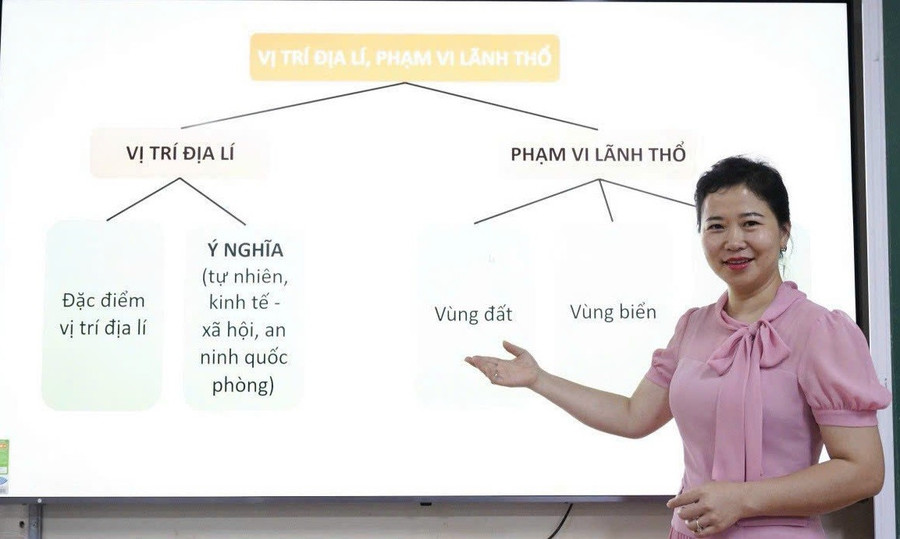
From my own experience, I would like to share some tips on how to effectively apply technology in primary school teaching as follows:
Firstly, primary school students are easily attracted by colors, movements, and sounds. Therefore, lectures should combine images, videos, animations, and virtual experiments; avoid too many words on slides, and replace them with images, diagrams, and easy-to-remember symbols.
Second, students often like to “learn while playing”. Teachers can create games through multiple choice questions, word games, crosswords, lottery games, and create motivation through bonus points. However, teachers should pay attention to time limits to avoid students getting lost in “playing” and forgetting to “study”.
Third, in elementary school, students' attention spans are short (10-15 minutes). Technology activities should be limited and interspersed with games, group discussions, and paper/board practice.
Fourth, foster information technology skills for themselves and their students. Teachers need to study and update regularly on new technology tools; guide students to use devices properly and safely (for example, how to use tablets, mouse operations, stay safe online...).
Fifth, it is necessary to consider the amount of time students spend on electronic devices, limiting the amount of time students spend looking at screens, which can affect their eyes and health. Balance computer activities with hands-on, experiential, and hands-on activities.
Sixth, technology is a teaching assistant, not a replacement for teachers. Teachers need to play the role of guiding, guiding, and inspiring students' learning motivation.
Seventh, instruct students to use the Internet safely, not to click on strange links, not to share personal information; choose reputable learning platforms with high security.
“We are living in the digital age, so applying technology to teaching is an inevitable and potential trend. However, to be effective, teachers need to choose the right tools and skillfully integrate them into teaching activities. Teachers still have to play a leading and creative role; always pay attention to psychological factors, health and fairness for students. Technology is only effective when used correctly, in the right dosage and serving the goal of comprehensive education”. - Associate Professor Le Thi Hong Tam
Source: https://giaoducthoidai.vn/nu-nha-giao-thoi-40-noi-ve-giao-duc-trong-ky-nguyen-so-post753083.html


![[Photo] Closing ceremony of the 18th Congress of Hanoi Party Committee](https://vphoto.vietnam.vn/thumb/1200x675/vietnam/resource/IMAGE/2025/10/17/1760704850107_ndo_br_1-jpg.webp)


![[Photo] General Secretary To Lam attends the 95th Anniversary of the Party Central Office's Traditional Day](https://vphoto.vietnam.vn/thumb/1200x675/vietnam/resource/IMAGE/2025/10/18/1760784671836_a1-bnd-4476-1940-jpg.webp)
![[Photo] Collecting waste, sowing green seeds](https://vphoto.vietnam.vn/thumb/1200x675/vietnam/resource/IMAGE/2025/10/18/1760786475497_ndo_br_1-jpg.webp)
![[Photo] Immerse yourself in the colorful musical world of “Secret Garden Live in Vietnam”](https://vphoto.vietnam.vn/thumb/1200x675/vietnam/resource/IMAGE/2025/10/18/1760805978427_ndo_br_thiet-ke-chua-co-ten-41-png.webp)
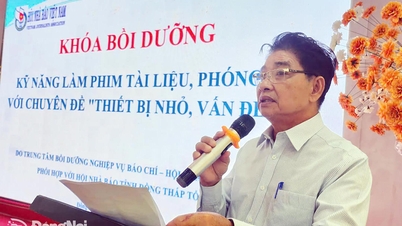

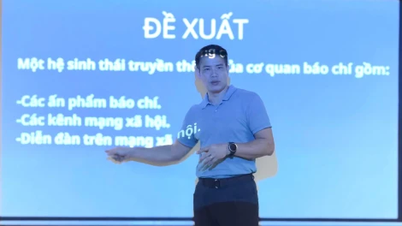

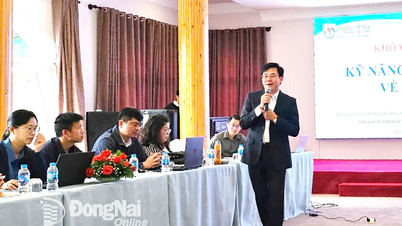
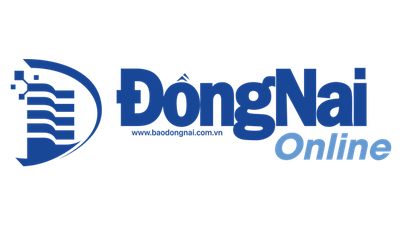






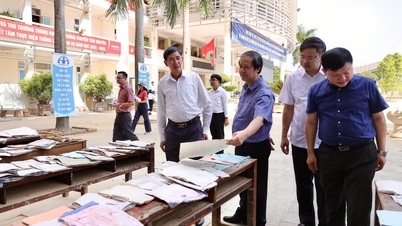





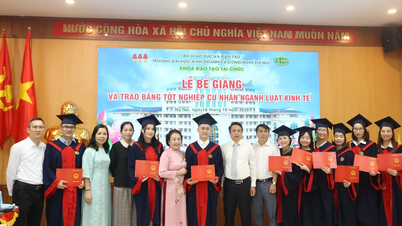





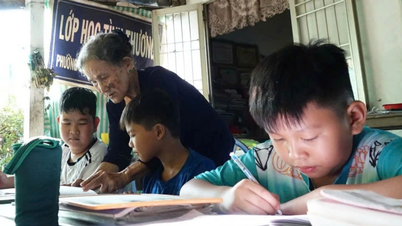
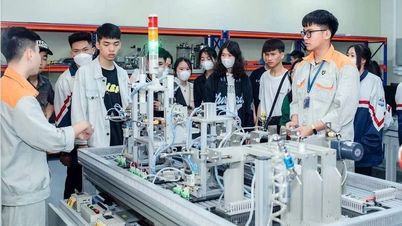

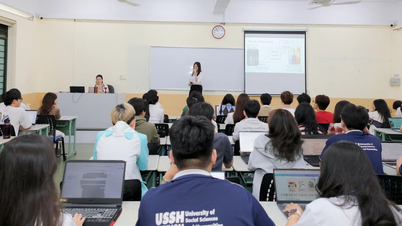
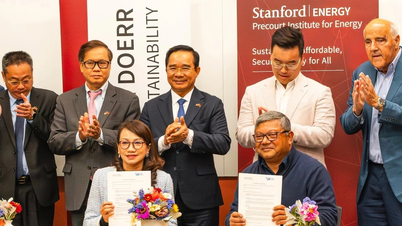































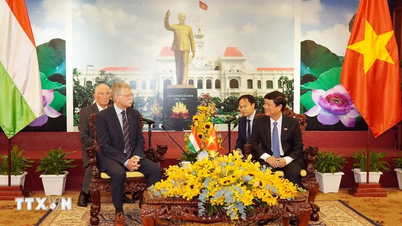





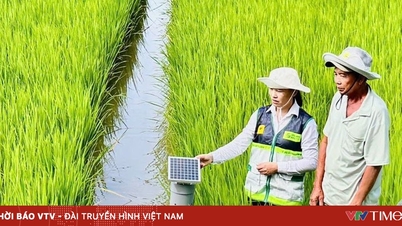
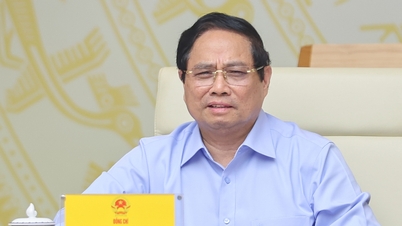
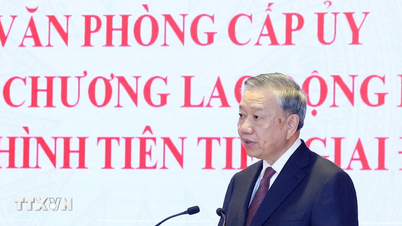









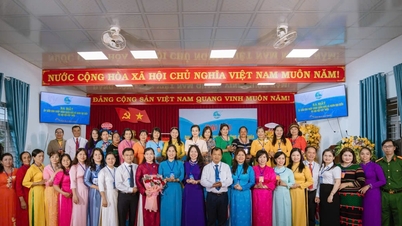

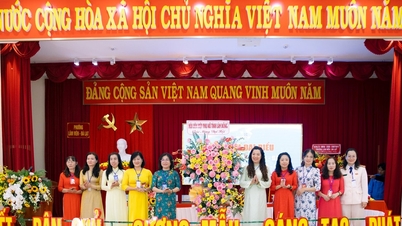



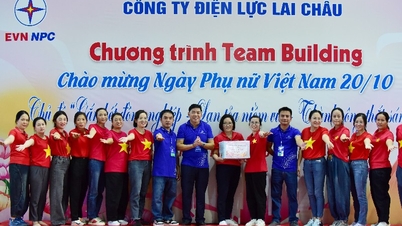














Comment (0)